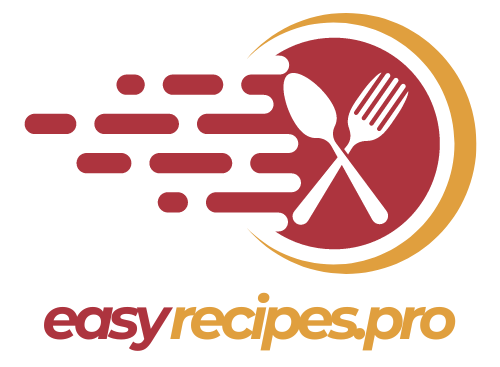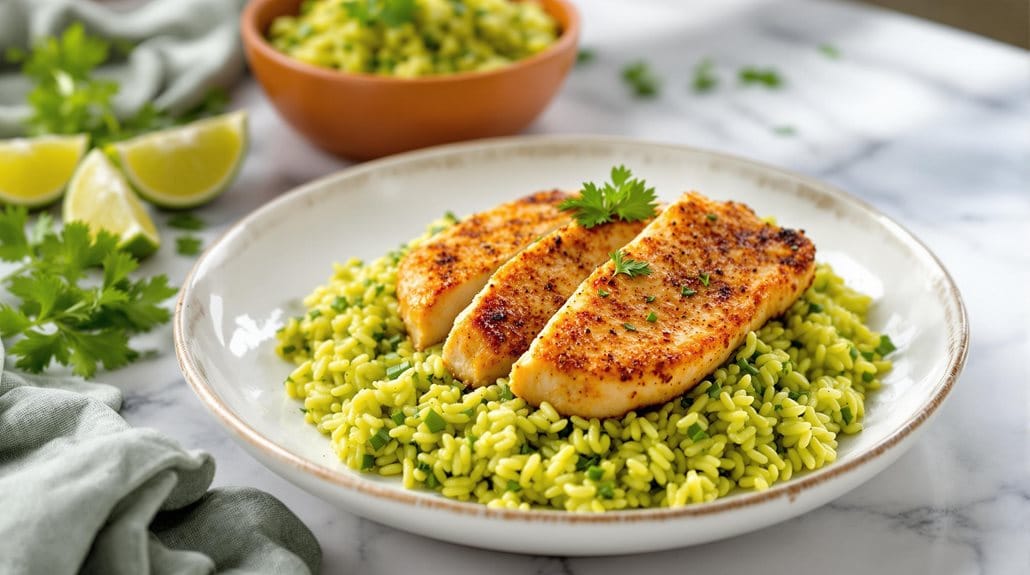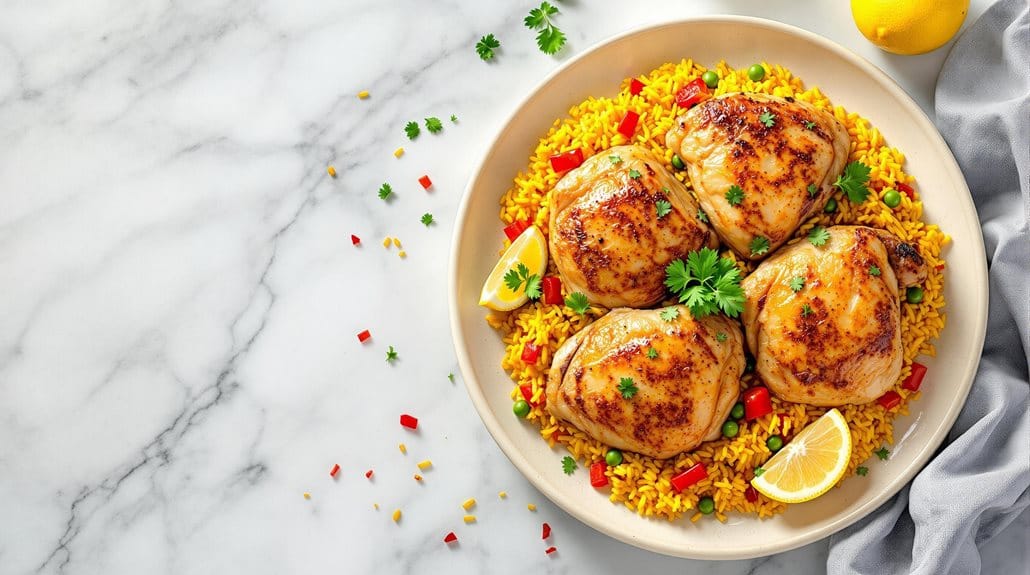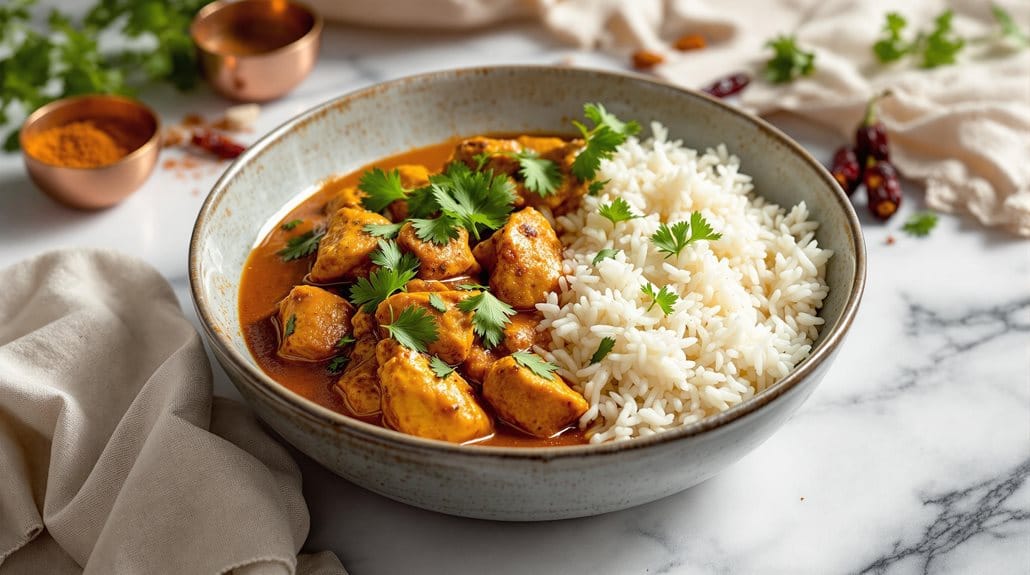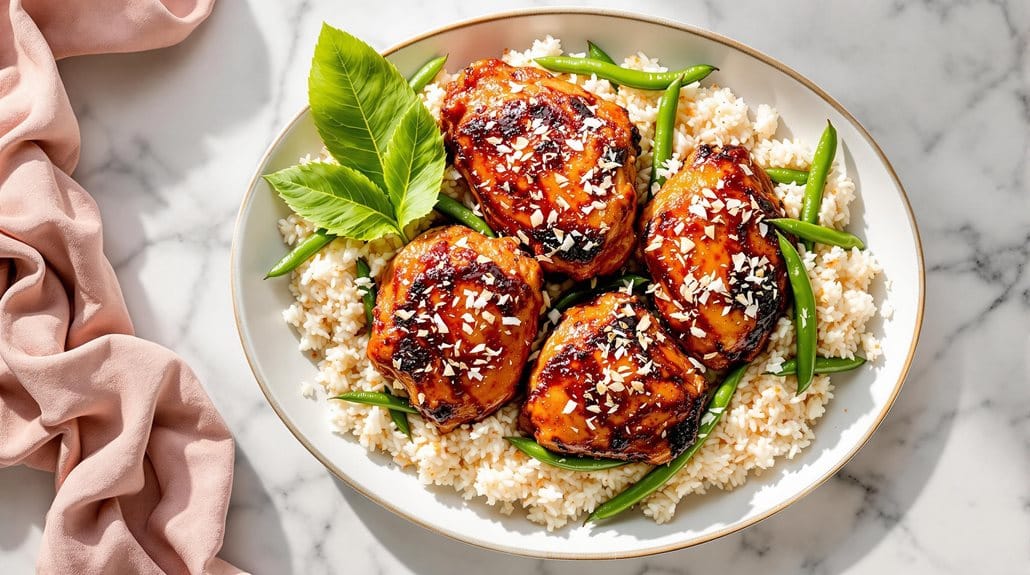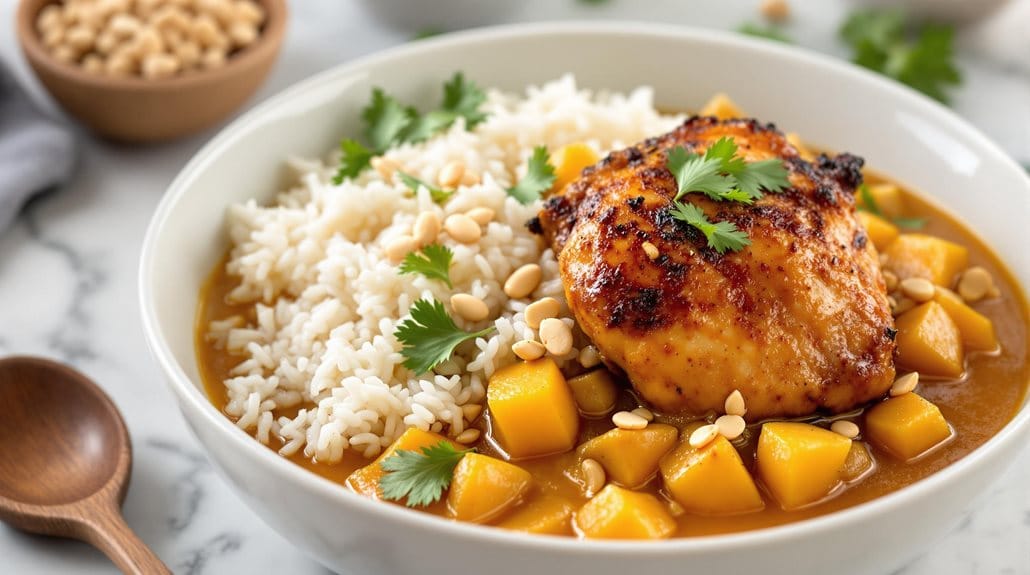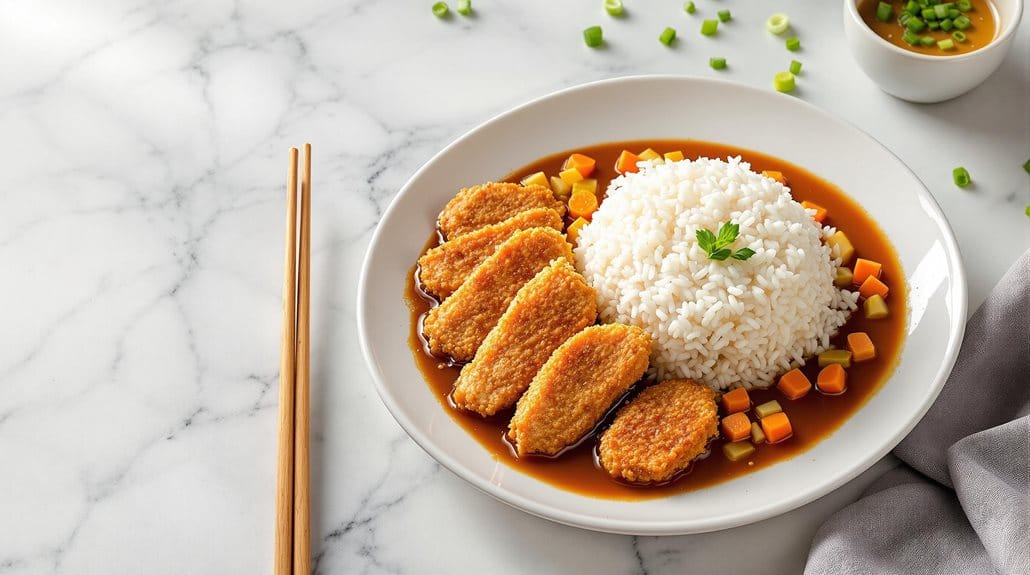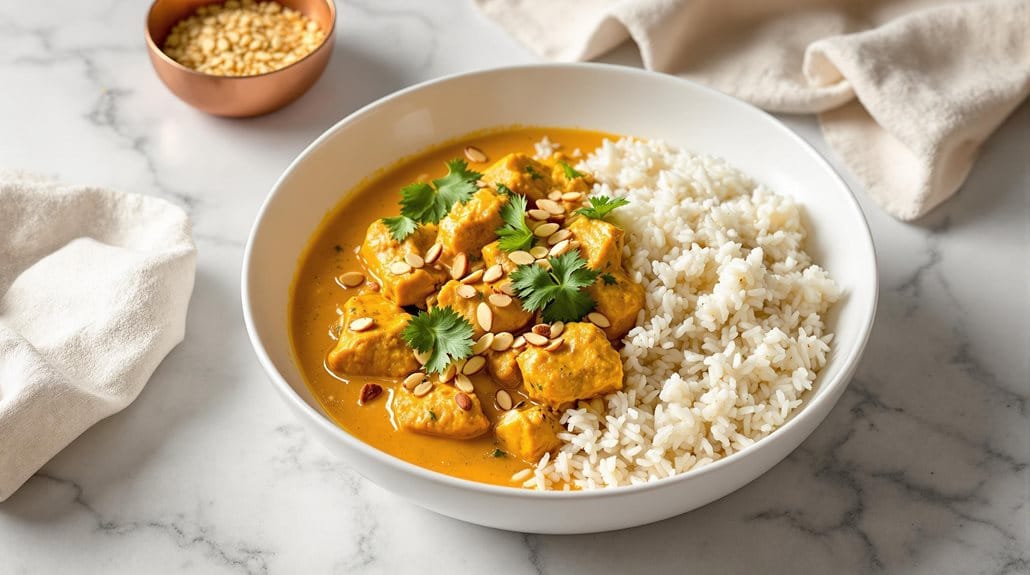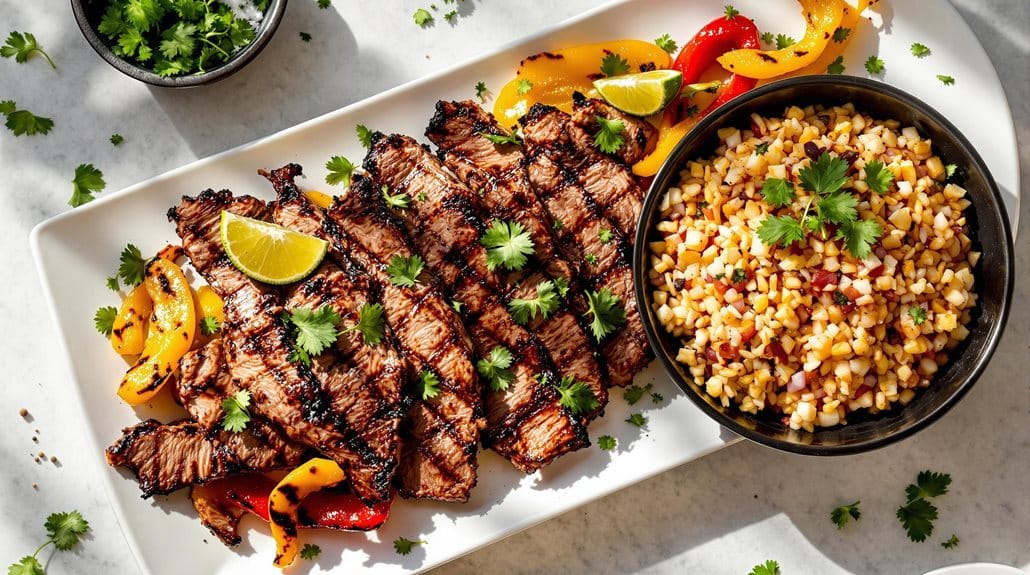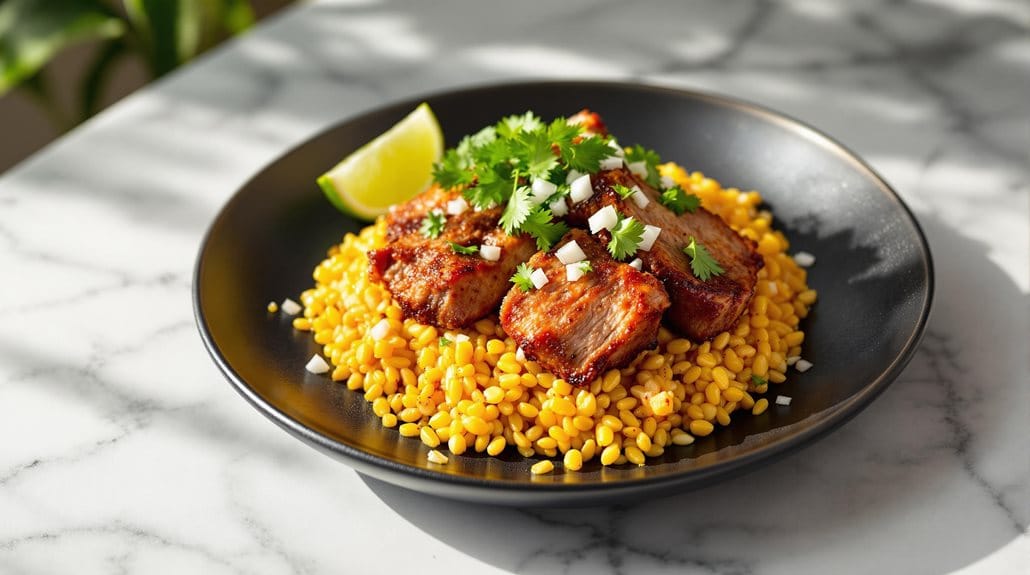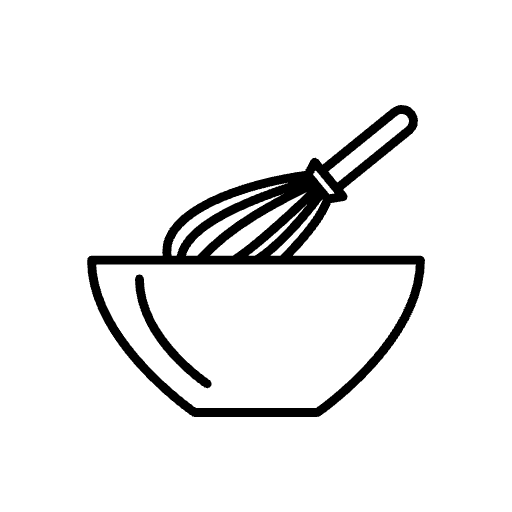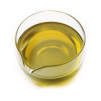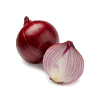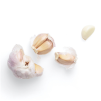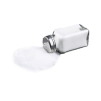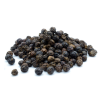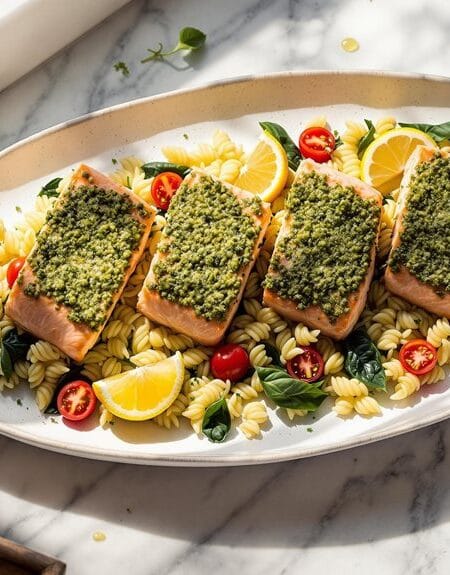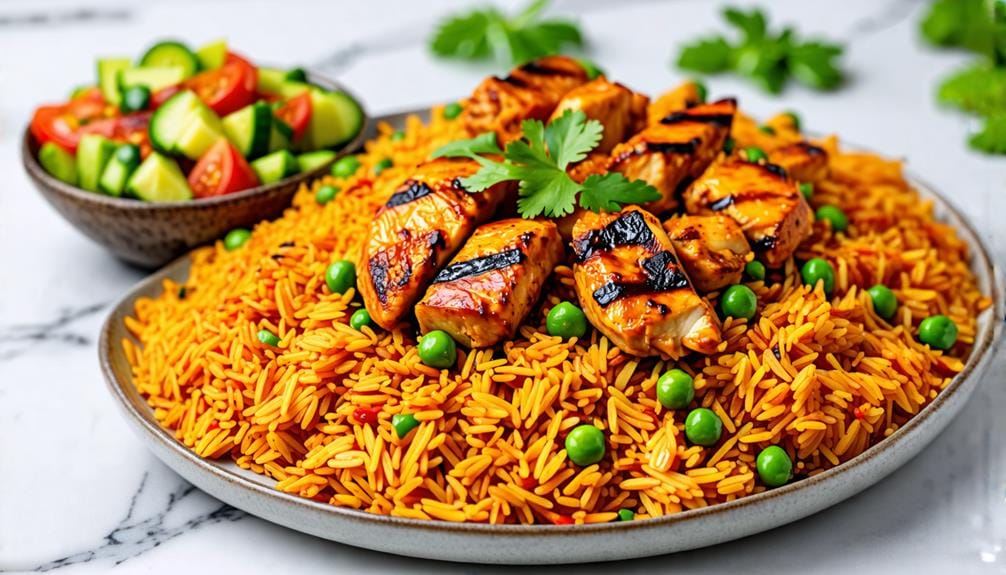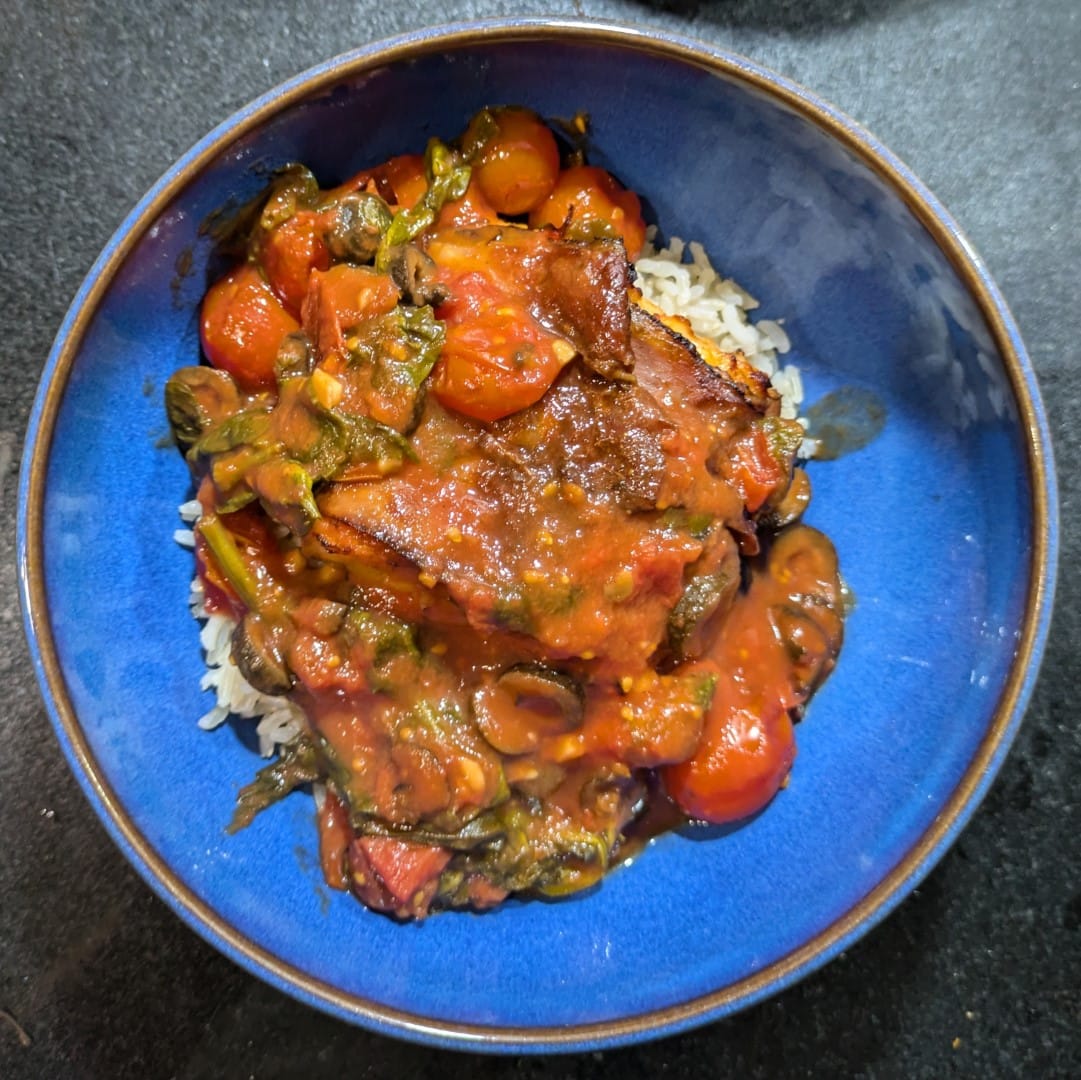| Tender bone-in chicken thighs rubbed with authentic Cajun spices pair perfectly with traditional dirty rice for a true taste of Louisiana cooking. This hearty, soul-warming dish is ideal for family dinners or casual entertaining, delivering restaurant-quality flavours with simple home cooking techniques. For the most flavoursome results, let the seasoned chicken rest in the refrigerator for at least 30 minutes before cooking to allow the spices to fully penetrate the meat. |
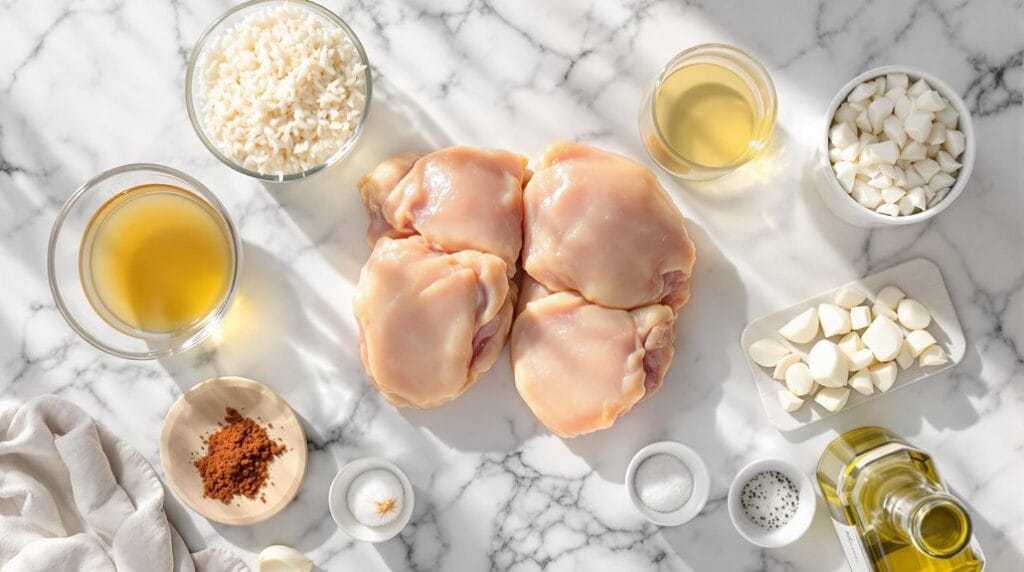
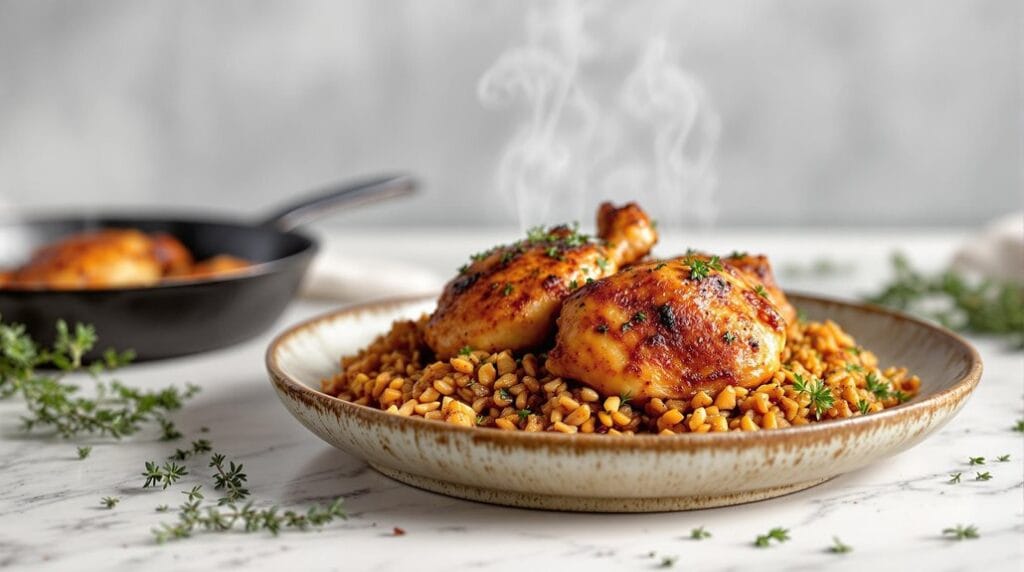
Cajun Spiced Bone-In Chicken Thighs With Dirty Rice
Description
Discover a perfect blend of Southern spices and succulent chicken in this one-pot wonder. The Ninja Speedi's unique cooking method guarantees perfectly cooked rice while simultaneously creating crispy, flavoursome chicken thighs.
The dual-cooking function allows the rice to steam and absorb flavours from the bottom while the chicken develops a beautiful Cajun-spiced crust on top, delivering restaurant-quality results in minimal time.
Ingredients
Instructions
Bottom Pot:
- Add rice, diced onion, minced garlic, and chicken stock to the pot. Stir to combine and spread evenly.
Crisping Tray:
- Pat chicken thighs dry with paper towels. Rub olive oil over chicken thighs. Coat thoroughly with Cajun seasoning, salt, and pepper. Place chicken skin-side up on the crisping tray.
Set Speedi to Speedi Meals function at 180°C for 18 minutes. When done, let rest for 5 minutes. Fluff rice with a fork before serving. Serve chicken thighs over rice with extra pan juices.
Nutrition Facts
Servings 4
- Amount Per Serving
- Calories 834.33kcal
- % Daily Value *
- Total Fat 41.87g65%
- Saturated Fat 10.52g53%
- Trans Fat 0.17g
- Cholesterol 199.04mg67%
- Sodium 895.11mg38%
- Potassium 672.46mg20%
- Total Carbohydrate 69.17g24%
- Dietary Fiber 1.87g8%
- Sugars 3.07g
- Protein 41.59g84%
- Vitamin A 50.01 IU
- Vitamin C 3.24 mg
- Calcium 71.89 mg
- Iron 5.75 mg
- Vitamin D 0.2 IU
- Vitamin E 1.54 IU
- Vitamin K 26.99 mcg
- Thiamin 0.63 mg
- Riboflavin 0.42 mg
- Niacin 14.1 mg
- Vitamin B6 0.96 mg
- Folate 26.15 mcg
- Vitamin B12 1.24 mcg
- Phosphorus 443.33 mg
- Magnesium 67.87 mg
- Zinc 3.68 mg
* Percent Daily Values are based on a 2,000 calorie diet. Your daily value may be higher or lower depending on your calorie needs.
Note
Extra Tips: For maximum crispiness, ensure chicken thighs are completely dry before seasoning.
Don't overcrowd the crisping tray as this can prevent proper air circulation.
If making your own Cajun seasoning, combine paprika, garlic powder, oregano, cayenne, and thyme for authentic flavour.
The residual steam will continue cooking the food, so don't skip the resting period.
